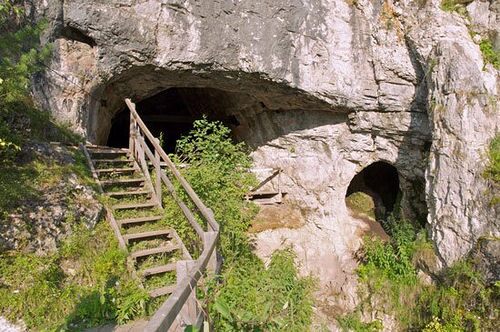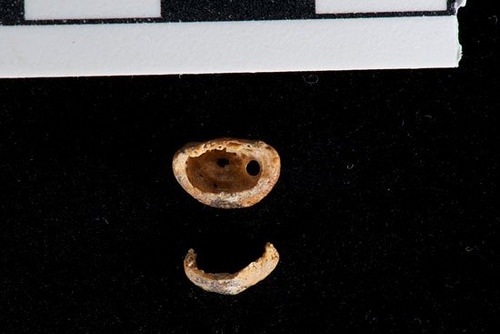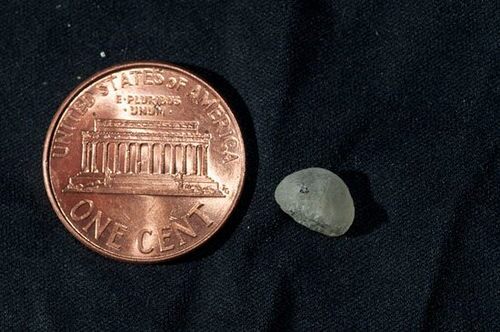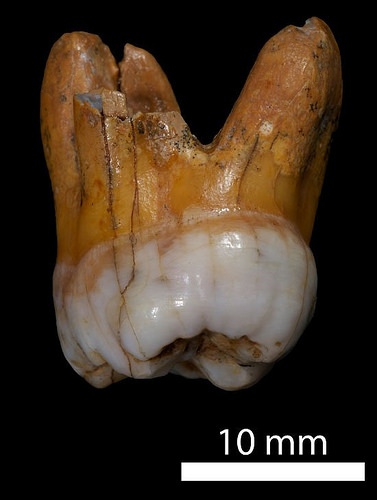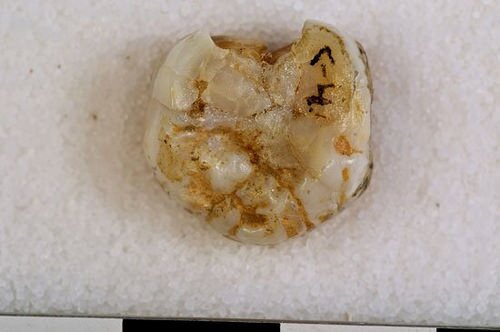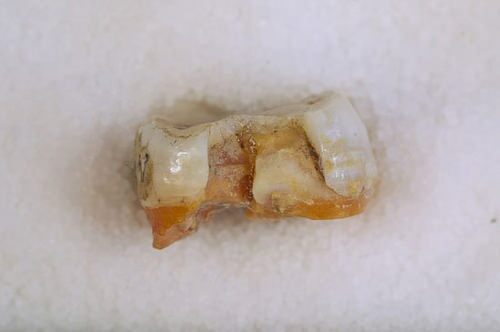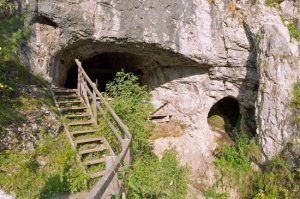
Researchers report new DNA sequences of two Denisovan hominin bone specimens recovered from the Denisova Cave in Siberia. In 2010, the nuclear genome sequence of a finger bone, Denisova 3, found in Denisova Cave in Siberia identified the bone as belonging to a previously unknown group of hominins distinct from Neanderthals and modern humans, called Denisovans. Two putative Denisovan molars, Denisova 4 and Denisova 8, have also been found in Denisova Cave. Svante Pääbo and colleagues sequenced the nuclear and mitochondrial DNA (mtDNA) from both molars. Both of the Denisova molars are larger than either Neanderthal or early modern human molars, and lack features typical of Neanderthal or early modern human molars. Analysis of nuclear DNA sequences suggests that all three specimens belonged to the same phylogenetic group, and supports the idea that this group was distinct from Neanderthals and modern humans. The authors used mtDNA from the three Denisova specimens to infer their relative ages. The mtDNA of Denisova 8 has accumulated fewer mutations than the mtDNA of either Denisova 3 or Denisova 4, suggesting that Denisova 8 is significantly older than the other two specimens, possibly by as much as 60,000 years. The age difference between Denisova 8 and the other two specimens suggests that Denisovans inhabited the region around Denisova Cave for an extended period of time, according to the authors.
The study is published in the Proceedings of the National Academy of Sciences (PNAS).
______________________________________
Entrance to Denisova Cave, Siberia. Credit: Image courtesy of Bence Viola.
__________________________________________________
Denisova 3 finger bone. Credit: Image courtesy of Bence Viola.
______________________________________
Denisova 3 finger bone next to a penny for scale. Credit: Image courtesy of Bence Viola.
___________________________________________________
Denisova 4 molar. Credit: Image courtesy of Bence Viola.
____________________________________________________
Denisova 8 molar, top view. Credit: Image courtesy of Bence Viola.
___________________________________________________
Denisova 8 molar, side view. Credit: Image courtesy of Bence Viola.
____________________________________________________
Source: Edited from the subject press release of the PNAS.
Article: “Nuclear and mitochondrial DNA sequences from two Denisovan individuals,” by Susanna Sawyer et al.
____________________________________________________
In addition, the latest Popular Archaeology ebook is now available.
______________________________________________
Travel and learn with Far Horizons.
____________________________________________
This richly illustrated issue includes the following stories: Two remarkable discoveries that are shedding light on human beginnings in Africa; a traveling exhibit and an archaeological site that show how knowledge is more valuable than gold; a Spanish cave and a unique burial that are offering a tantalizing glimpse on the lives of Ice Age hunter-gatherers in Europe; the stunning visual reconstruction of an ancient Roman town; enlightening new finds at a remarkably well-preserved site of ancient Hellenistic-Roman culture overlooking the Sea of Galilee; rare finds that are shedding light on occult practices among ancient Greeks in Sicily; and an overview of the overwhelmingly rich archaeological heritage of Britain. Find it on Amazon.com.

